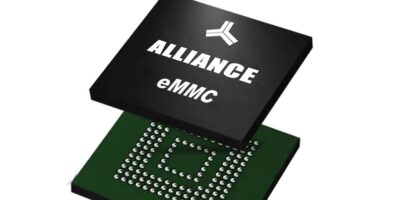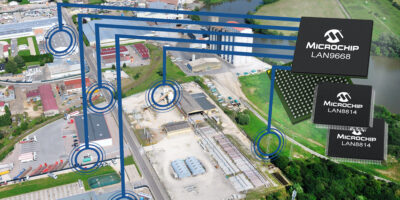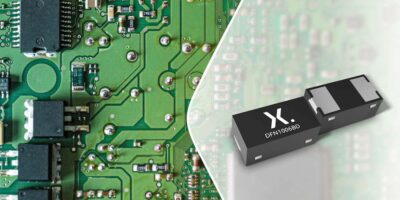Industrial computer manufacturer, Axiomtek has partnered with AI chipmaker Hailo to develop the RSC100, an Arm-based edge AI computer. The computer is also called Plato and support the Hailo-8™ edge AI processor which features up to 26T operations per second (TOPS) for running deep learning applications efficiently, intelligently and sustainably. The partnership with Hailo offers customers a new level of AI across a range of market segments such as smart city, smart retail, industry 4.0 and smart transportation, said Axiomtek.
“The powerful yet affordable RSC100 (Plato) is our first fanless edge AI computing system that adopts the Hailo-8,” said Ken Pan, Axiomtek’s product manager. “The RSC100 (Plato) provides system developers with highly efficient implementation of innovative AI solutions at reduced time-to-market and engineering costs. . . . the RSC100 (Plato) is well suited for use in smart city applications, including smart surveillance, smart factory, smart agriculture, and smart transportation,” he added.
According to Liran Bar, vice president of Business Development of Hailo, the RSC100 (Plato) will serve as a gamechanger in the edge AI space.
The RSC100 (Plato) has flexible and capable storage including a 16Gbyte eMMC onboard, an M.2 Key M 2280 SATA SSD slot with PCIe x4 NVMe interface and a Micro SD slot to maximise performance, density and throughput for critical workloads. Benefiting from dual GbE ports, the RSC100 (Plato) enables IP cameras and lidar connectivity with greater bandwidth for video analytics. Furthermore, the edge computing appliance has two full-size PCIe Mini Card slots, a SIM slot and an M.2 Key B 3052 slot for additional expansion. These slots allow various peripheral modules such as Wi-Fi / Bluetooth, 5G / 4G / LTE and additional storage to expand functionality.
The RSC100 (Plato) offers rich I/O interfaces including one HDMI 2.0 port with support of 4K2K, dual GbE LAN ports, dual RS-232/422/485 ports, dual CANbus ports, dual USB 2.0 ports, 8-CH DIO, one console port, and seven SMA-type antenna connectors for WLAN and 5G / LTE usage.
The rugged edge AI box is designed with over-voltage protection and over-current protection as well as reverse protection. It can also withstand vibrations of up to 3Grms in harsh environments with a temperature range of -20 to +70 degrees C, making it ideal for compute-intensive AI applications at the edge. In addition, the RSC100 (Plato) supports Linux operating system.
The Hailo-8 architecture enables edge devices to run sophisticated deep learning applications that could previously only run on the cloud. Hailo-8’s advanced structure translates into lower power and minimal latency, with enhanced privacy and more reliability for smart devices operating at the edge, said Axiomtek.







